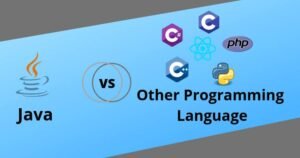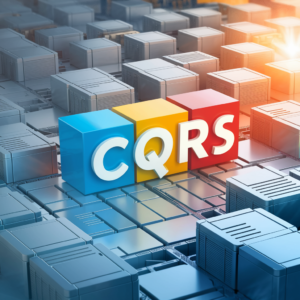Microservices architecture has gained popularity for its ability to build scalable, maintainable, and loosely coupled systems. One crucial aspect of microservices is communication between services. Traditional approaches like HTTP RESTful APIs have their merits, but as systems grow more complex, the need for a more efficient and decoupled communication mechanism becomes evident. Event-driven architecture, with an event bus at its core, is a powerful paradigm that addresses these challenges. In this article, we will explore the concept of event-driven microservices and how employing an event bus can enhance communication between microservices.
Understanding Event-Driven Microservices
In an event-driven microservices architecture, services communicate through events, which represent state changes or significant occurrences within a system. An event can be a user action, a system event, or any meaningful incident that other services might be interested in. Instead of direct communication, microservices produce and consume events through a central component known as an event bus.
The Role of an Event Bus
An event bus acts as a mediator between microservices, facilitating the exchange of messages in an asynchronous and decoupled manner. It serves as a communication channel where services can publish events and subscribe to events they are interested in. The event bus ensures that producers and consumers of events are loosely coupled, allowing for better scalability, flexibility, and maintainability of the system.
Benefits of Using an Event Bus in Microservices
1. Decoupling Services:
An event bus promotes loose coupling between microservices. Each service only needs to be aware of the events it produces or consumes, reducing the dependencies between services.
2. Scalability:
As services are decoupled, they can scale independently based on their workload. An event-driven architecture allows for better horizontal scaling, as the load on one microservice does not directly impact others.
3. Flexibility and Extensibility:
New services can be added or existing ones modified without affecting the entire system. The flexibility of an event-driven architecture allows for easier integration of new features and services.
4. Event Sourcing:
Event-driven microservices naturally lend themselves to event sourcing. Events become the source of truth, and the state of the system is determined by replaying events. This provides a reliable audit trail and facilitates debugging.
Implementing an Event-Driven Microservices Architecture
To implement an event-driven microservices architecture, follow these key steps:
1. Define Events:
Identify the events that are meaningful for your system. Events should represent state changes or actions that other services might need to know about.
2. Choose an Event Bus:
Select a suitable event bus that aligns with your requirements. Popular choices include Apache Kafka, RabbitMQ, and Apache Pulsar. Each has its strengths and may be better suited for specific use cases.
3. Integrate Event Bus with Microservices:
Integrate the event bus into your microservices architecture. Services should be able to publish events to the bus and subscribe to events they are interested in.
4. Handle Eventual Consistency:
Embrace the eventual consistency model. As events are asynchronous, services might not be immediately aware of changes in other services. Design your system to handle eventual consistency gracefully.
5. Ensure Reliability:
Implement mechanisms to ensure the reliability of event processing. This may include message retries, dead-letter queues, and monitoring to detect and resolve issues promptly.
6. Use Idempotent Operations:
Design your services to handle idempotent operations, especially when replaying events. This ensures that repeating the same event does not lead to unexpected side effects.
Conclusion
Event-driven microservices, facilitated by an event bus, offer a powerful paradigm for building scalable, resilient, and loosely coupled systems. By adopting this architecture, you can enhance the flexibility, maintainability, and responsiveness of your microservices-based applications. When considering event-driven architecture, carefully choose an event bus that aligns with your requirements and design services that leverage the benefits of asynchronous and decoupled communication. Embrace the event-driven paradigm to unlock the full potential of your microservices architecture.





